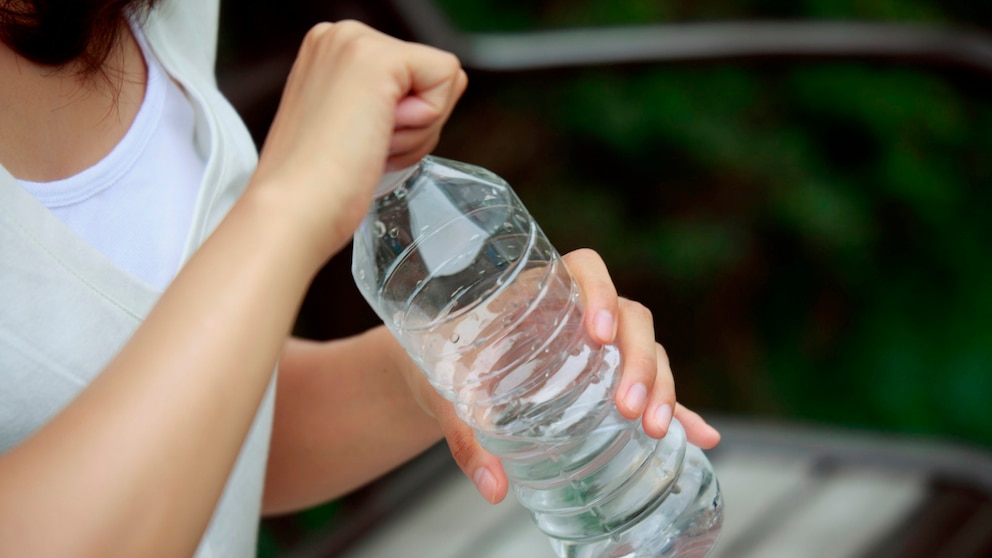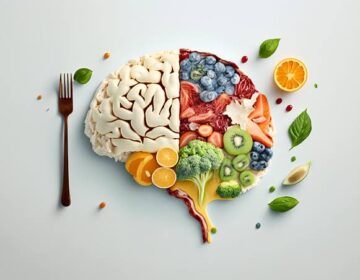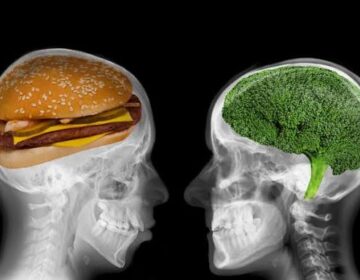Using it regularly introduces tens of thousands of microplastic and nanoplastic particles into the body each year.
The tropical beauty of Thailand’s Phi Phi islands is not the kind of place where most PhD journeys begin. For Sarah Sajedi, however, it was not the beaches themselves but what lay beneath them that sparked her decision to leave a career in business and pursue academic research.
“I was standing there looking out at this gorgeous view of the Andaman Sea, and then I looked down and beneath my feet were all these pieces of plastic, most of them water bottles,” she says.
“I’ve always had a passion for waste reduction, but I realized that this was a problem with consumption.”
Tiny threats, little known
In her analysis of more than 140 scientific papers, Sajedi reports that people ingest an estimated 39,000 to 52,000 microplastic particles each year.
For those who rely on bottled water, that number climbs even higher—about 90,000 additional particles compared to individuals who primarily drink tap water.
These particles are invisible to the eye. Microplastics range in size from one micron (a thousandth of a millimeter) to five millimeters, while nanoplastics are smaller than a single micron.
They are released as plastic bottles are manufactured, stored, transported, and gradually degrade. Because many bottles are made from low-grade plastic, they shed particles whenever they are handled or exposed to sunlight and changes in temperature. Unlike plastics that move through the food chain before entering the human body, these are consumed directly from the container itself.







